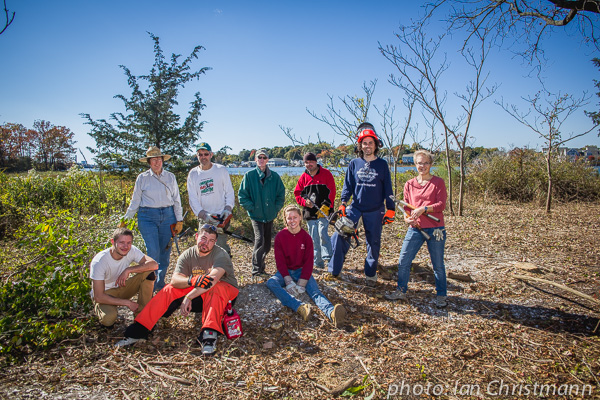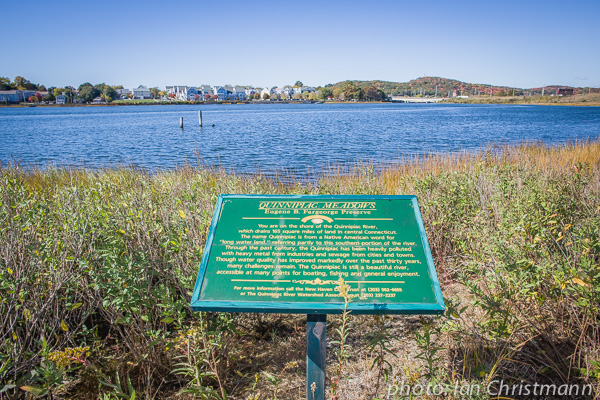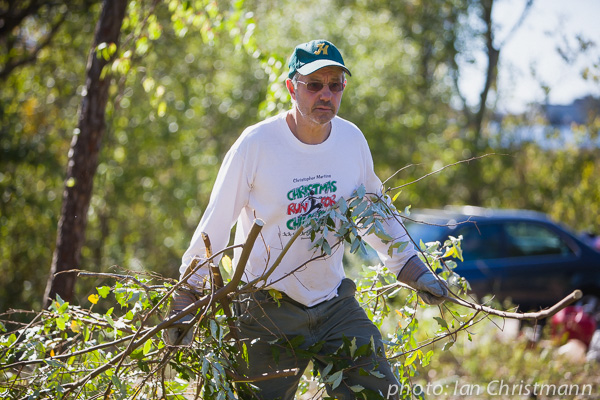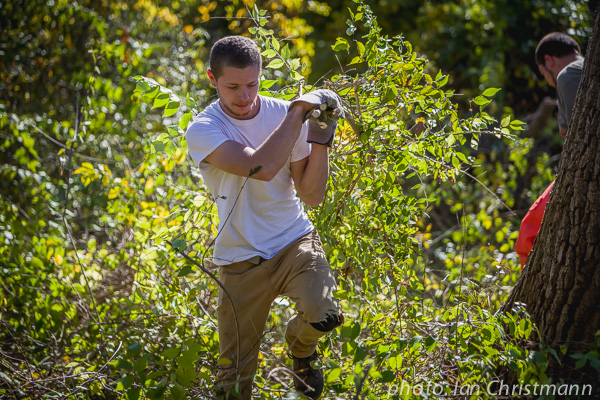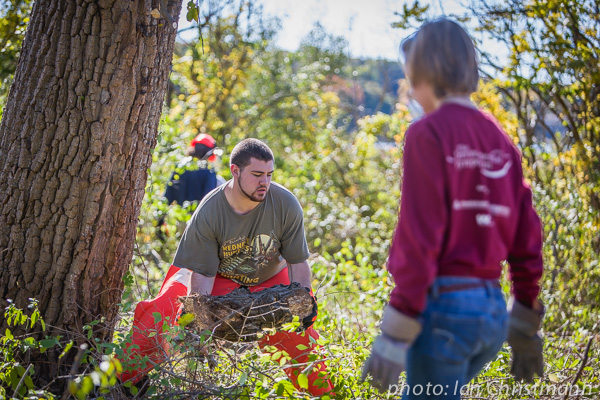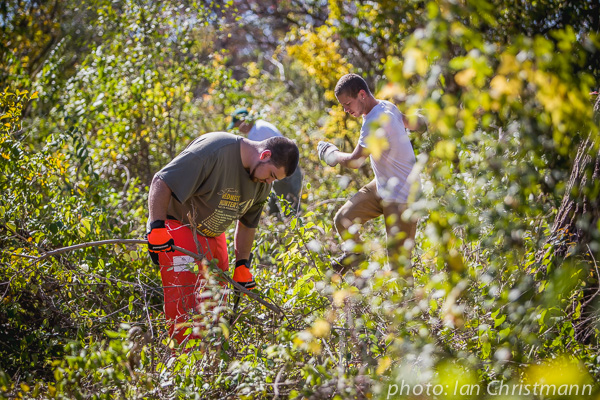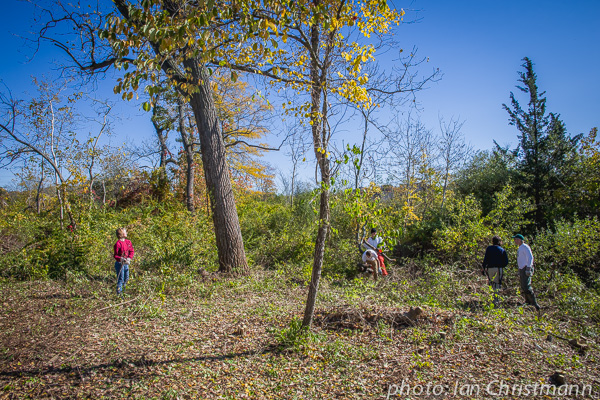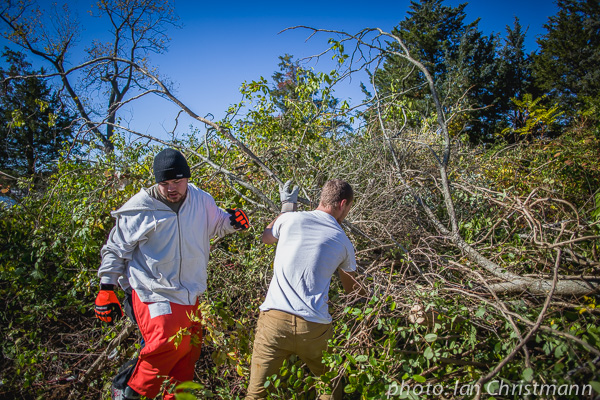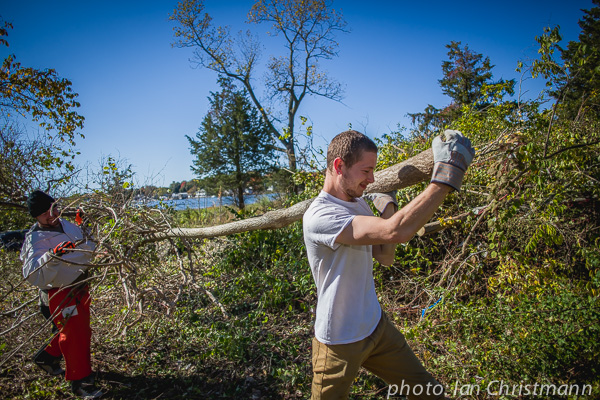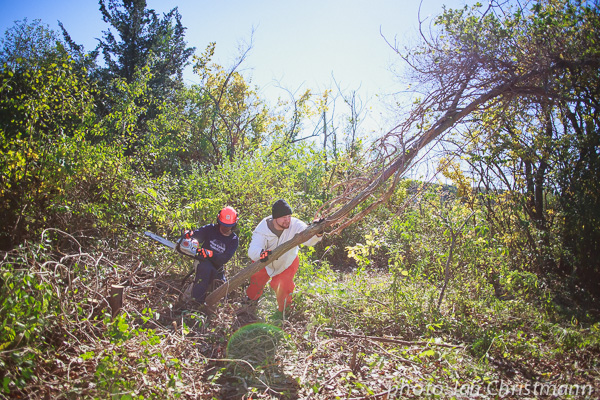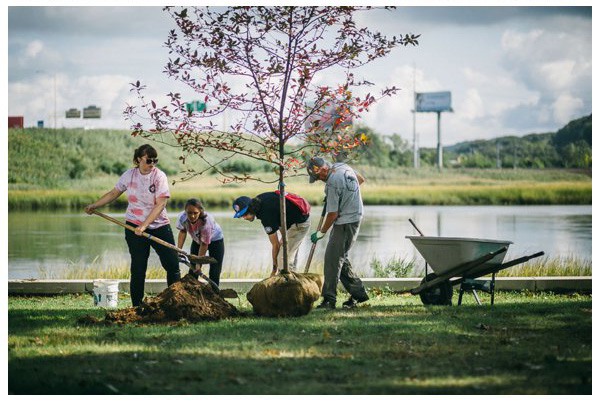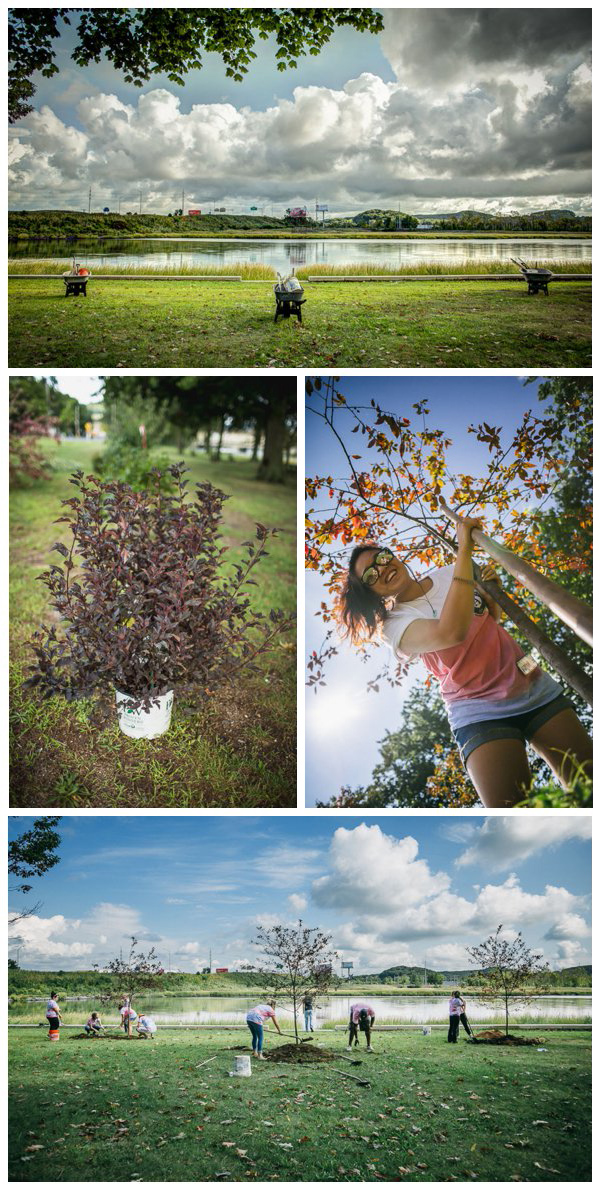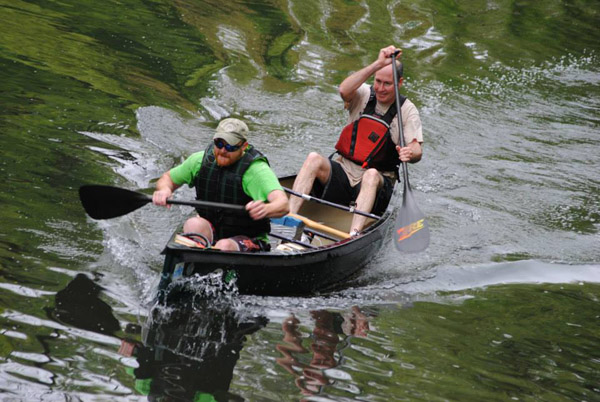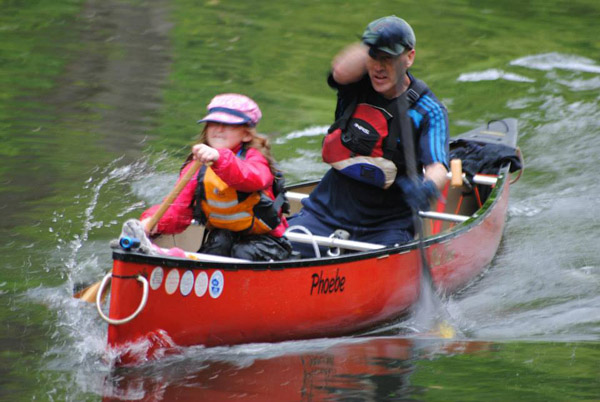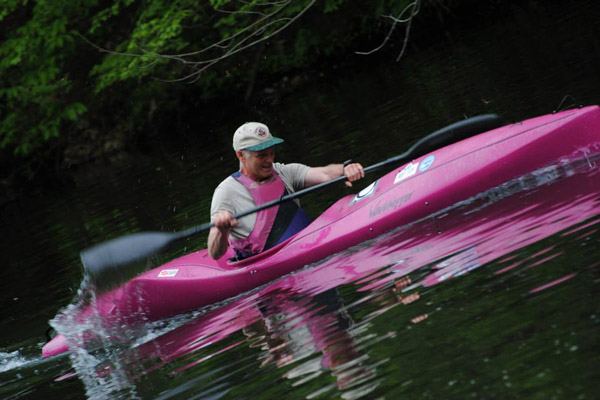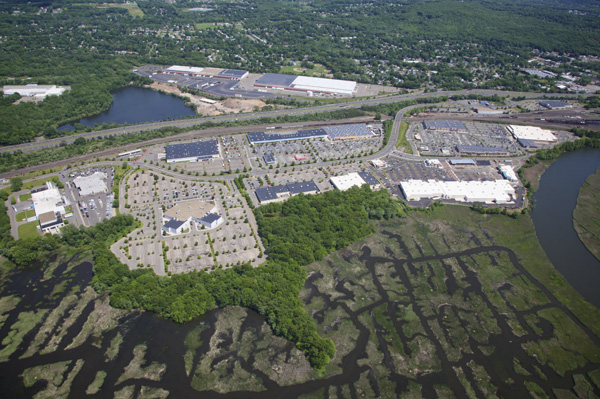
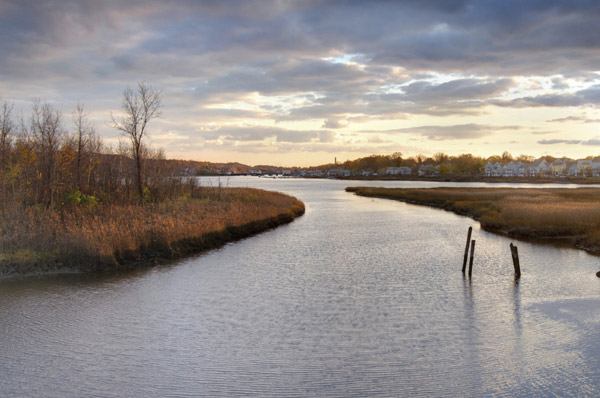
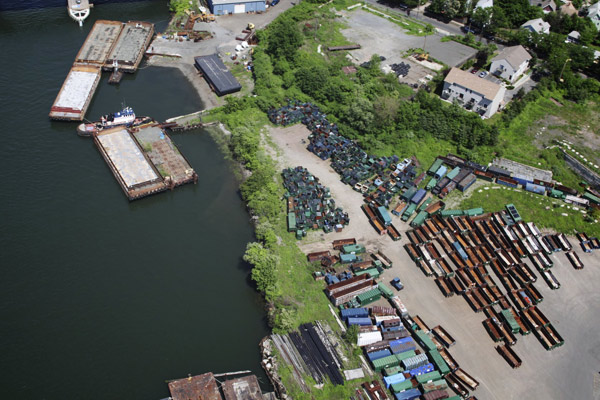
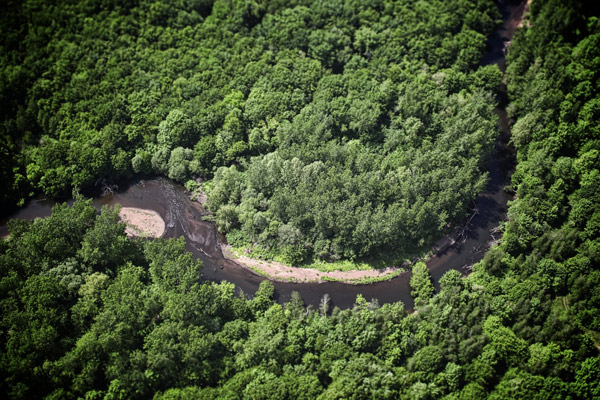
Quinnipiac River photographs by Ian Christmann
LULA empowers unified effort to protect the Quinnipiac
“We must begin thinking like a river if we are to leave a legacy of beauty and life for future generations.” ― David Brower
When it comes to the Quinnipiac, or any river for that matter, what happens in one town, doesn’t stay in that town. With a 165 square mile watershed reaching 14 municipalities, the Quinnipiac River flows 38 miles from Farmington’s Deadwood swamp to the New Haven Harbor, taking with it all the health or harm imparted along the way. Water-polluting problems, from sewer overflows to pesticide run-off, in any one area can undo water improvement strides made by towns or groups further downstream or upstream.
Recognizing that lasting water quality improvements require a uniform effort, the Land Use Leadership Alliance (LULA) brings together local land use leaders – such as those serving on planning and zoning commissions – and empowers them to protect the Quinnipiac through appropriate regulations.
“Many of the leaders of the planning and zoning commissioners are volunteers with diverse backgrounds that may or may not have informed them of the relationship between development and watershed,“ explained Marjorie Shansky, a LULA law trainer and Quinnipiac River community resident. “LULA gives them the tools necessary for knowledgeable administration of land use laws for environmentally appropriate outcomes.”
LULA originated at Pace University Law School in 1996, with a goal to give land use leaders the technical and process tools they need to make decisions for creating sustainable and conservation-minded communities. In 2004, LULA piloted programs in Connecticut, where the – obstacles of 169 independent municipalities, lack of county government, underfunded and understaffed regions, and volunteer boards often with two-year turnover, makes LULA’s leadership empowerment and education all the more important.
In 2008, assisted by a grant from the Quinnipiac River Fund, LULA began its focus on the Quinnipiac River, a waterway whose history includes Connecticut’s first recorded pollution control legislation – a measure that prohibited Meriden from discharging raw sewage into the river and resulted in the construction of the state’s first sewage treatment plant.
Diving into current regulations, LULA conducted a regulatory review in 2008 to determine, town by town, what measures were currently in place to protect the watershed; the results pointed to a significant disparity in municipalities’ approaches to the river.
From 2009 – 2011, additional Quinnipiac River Fund grants enabled LULA to respond to this disparity by conducting multi-day training events that have empowered more than 75 of the watershed’s land use leaders with greater understanding of the scope of their jurisdiction and the laws related to natural resource and watershed protection.
Outcomes of the trainings include regulation amendment, creation of a natural resources inventory where none had previously existed, formation of a conservation commission where one had previously not existed, and adoption of collaborative processes by the municipalities in their approach to large-scale development. While these results are encouraging, LULA knows that ongoing training is a perpetual need, as commission leadership changes frequently, as do regulations.
In 2012, further support from the Quinnipiac River Fund supported LULA in conducting a second regulatory review to determine water protection progress and provide a more current, comprehensive regulation overview – one that, upon completion at the end of the summer 2013, will help municipalities get on the same page, share resources where possible, and avoid redundancies.
Since 2008, the Land Use Leadership Alliance has received $60,500 from the Quinnipiac River Fund. For more information about LULA, visit http://www.easternrcd-ct.org/lula.htm.
